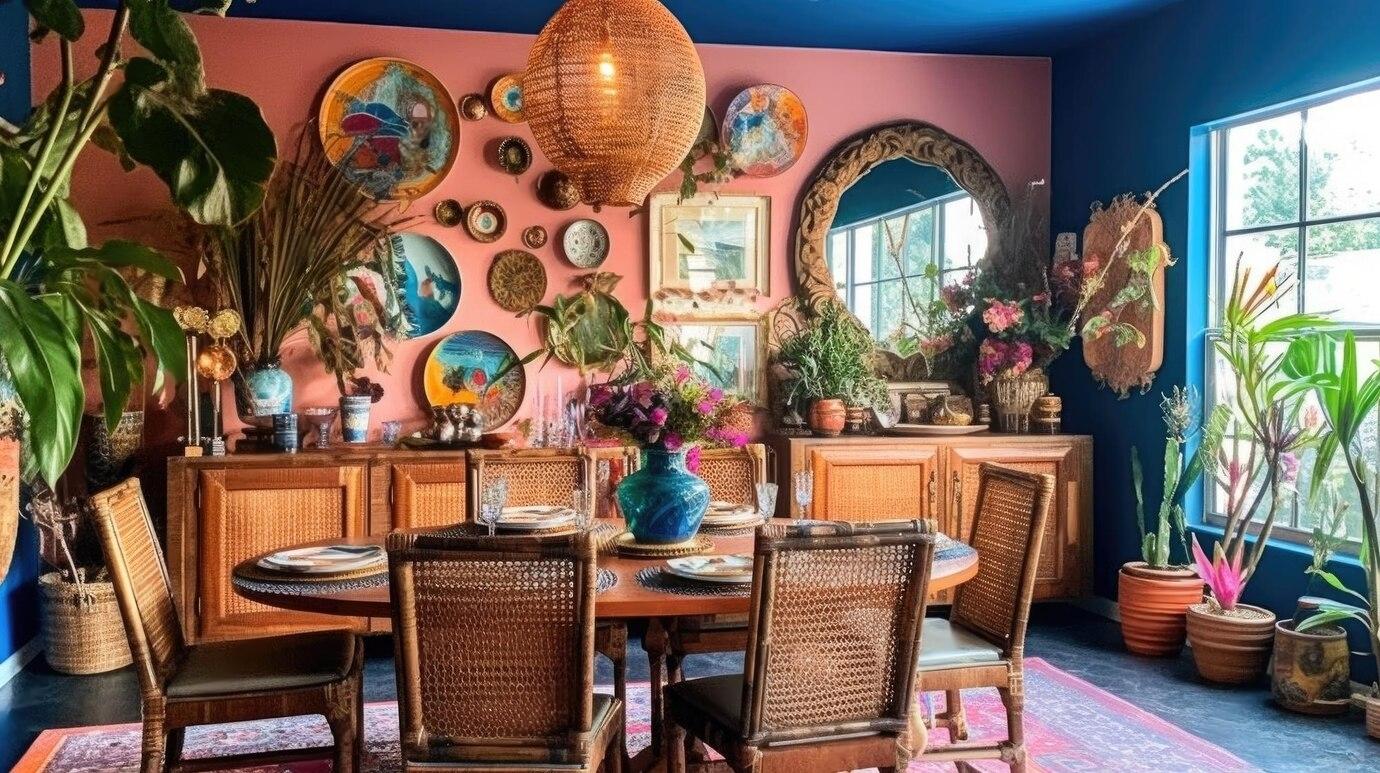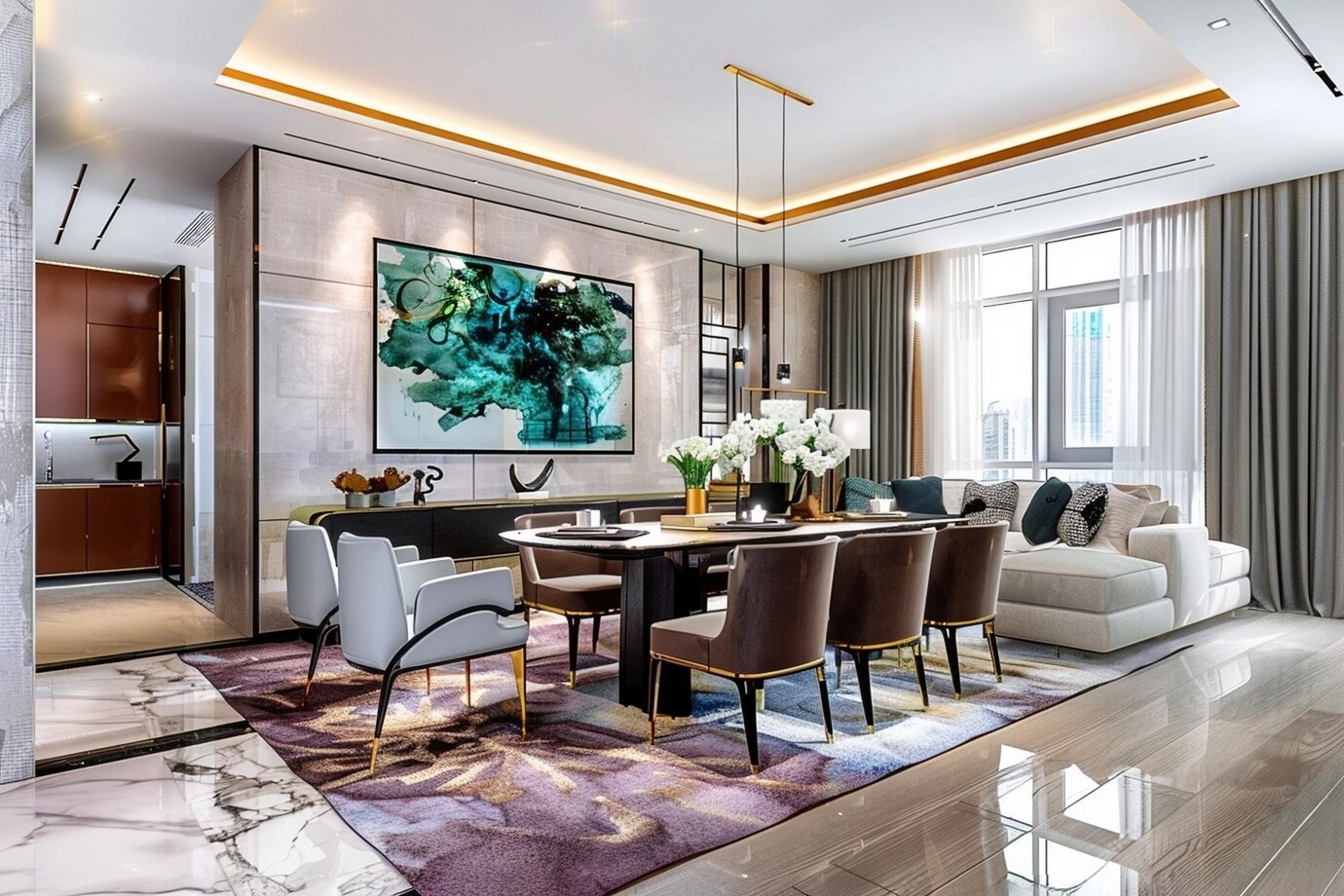How Interior Designers in Chennai are Incorporating Traditional Elements into Modern Spaces
Chennai, with its rich cultural heritage and vibrant traditions, has always been a city where the old and new coexist harmoniously. This unique blend is especially evident in the field of interior design. As the city’s skyline evolves with contemporary architecture and modern aesthetics, Chennai’s interior designers are finding innovative ways to incorporate traditional elements into modern spaces. This approach not only pays homage to the city’s heritage but also creates a distinctive and personalized living environment. Let’s explore how interior designers in Chennai are weaving traditional elements into modern interiors, creating spaces that are both timeless and contemporary.
Embracing Traditional Textiles and Patterns
One of the most popular ways that interior designers in Chennai integrate traditional elements into modern spaces is through the use of textiles and patterns. Traditional fabrics such as Kanjeevaram silk, Tanjore paintings, and Chettinad cotton are making a comeback in modern homes. These textiles are often used in upholstery, cushions, and curtains, adding a touch of heritage to contemporary interiors.
Designers are also incorporating traditional patterns like ikat, paisley, and block prints into modern furniture and décor. By using these patterns on modern furnishings, designers can create a striking contrast that enhances the overall aesthetic of the space. For example, a sleek, minimalist sofa upholstered in a traditional Kanjeevaram silk can serve as a beautiful focal point in a modern living room.
Fusion of Modern and Traditional Furniture
Another trend that interior designers in Chennai are exploring is the fusion of modern and traditional furniture. Traditional wooden furniture pieces, such as intricately carved coffee tables or ornate sideboards, are being paired with modern elements like sleek metal frames or glass surfaces. This combination creates a unique visual interest and a balanced aesthetic that honors the past while embracing the present.
Designers are also experimenting with traditional craftsmanship, such as lacquer work or brass inlays, on contemporary furniture pieces. This approach ensures that traditional skills are preserved and appreciated in a modern context, making it possible for homeowners to enjoy the best of both worlds.
Incorporating Traditional Art and Craft
Art and craft play a significant role in traditional Chennai culture, and interior designers are increasingly using these elements to enhance modern spaces. Traditional art forms like Tanjore paintings, Madhubani art, and Kolam (rangoli) designs are being integrated into modern wall décor and artwork. These traditional pieces are often framed in sleek, modern frames or used as accents in contemporary spaces, creating a beautiful juxtaposition of old and new.
Additionally, traditional craft items like handcrafted brass lamps, wooden sculptures, and ceramic figurines are being used to add character and warmth to modern interiors. By incorporating these items, designers can infuse a space with cultural significance and create a more personal and inviting atmosphere.
Modernizing Traditional Architectural Elements
Chennai’s traditional architecture, characterized by intricate carvings, jali work, and terracotta tiles, provides a rich source of inspiration for modern interior design. Designers are finding innovative ways to modernize these traditional architectural elements while preserving their historical charm.
For example, traditional jali (lattice) work can be reinterpreted as modern partition screens or decorative panels, adding both aesthetic appeal and functional privacy to contemporary spaces. Similarly, terracotta tiles, once used primarily in traditional settings, are being reimagined as stylish backsplash tiles or flooring options in modern kitchens and bathrooms.
Color Schemes and Lighting
Color schemes and lighting are essential elements in any interior design, and interior designers in Chennai are creatively combining traditional colors and modern lighting techniques to enhance the ambiance of contemporary spaces. Traditional Indian colors such as deep reds, rich golds, and vibrant blues are being used as accents in modern interiors, creating a sense of warmth and opulence.
Modern lighting fixtures, including LED lights and minimalist chandeliers, are being combined with traditional lamp designs and decorative elements. This approach not only highlights the traditional features of a space but also ensures that the lighting complements the modern design elements.
Creating a Harmonious Blend by interior designers in Chennai
The key to successfully incorporating traditional elements into modern spaces lies in achieving a harmonious blend. Interior designers in Chennai are skilled at striking the right balance between traditional and contemporary elements, ensuring that neither overwhelms the other. They carefully curate furnishings, artwork, and décor items to create a cohesive and aesthetically pleasing environment.
This blend of old and new also reflects the evolving nature of Chennai’s cultural identity, where traditional values are respected and celebrated within a modern context. By incorporating traditional elements into modern interiors, designers are helping homeowners create spaces that are not only visually appealing but also deeply connected to their cultural roots.
Conclusion
Interior designers in Chennai are masterfully incorporating traditional elements into modern spaces, creating interiors that are both timeless and contemporary. Through the use of traditional textiles, fusion furniture, art, architectural elements, and color schemes, they are crafting environments that celebrate Chennai’s rich heritage while embracing modern aesthetics. This thoughtful approach ensures that modern homes in Chennai are not only stylish and functional but also deeply rooted in the city’s cultural legacy. As design trends continue to evolve, the integration of traditional elements will remain a key aspect of creating meaningful and distinctive living spaces.





